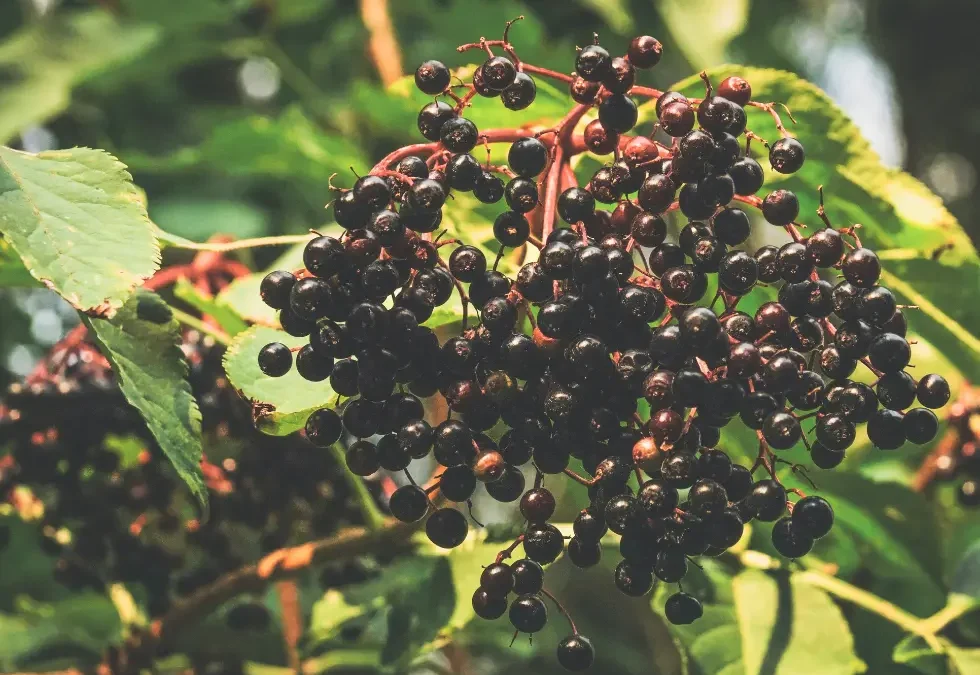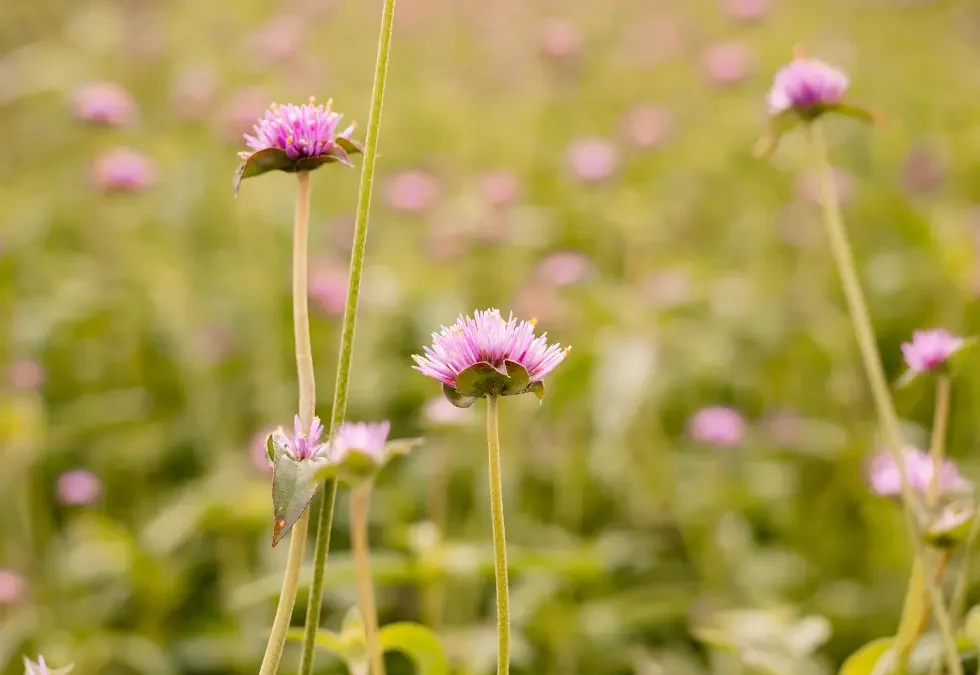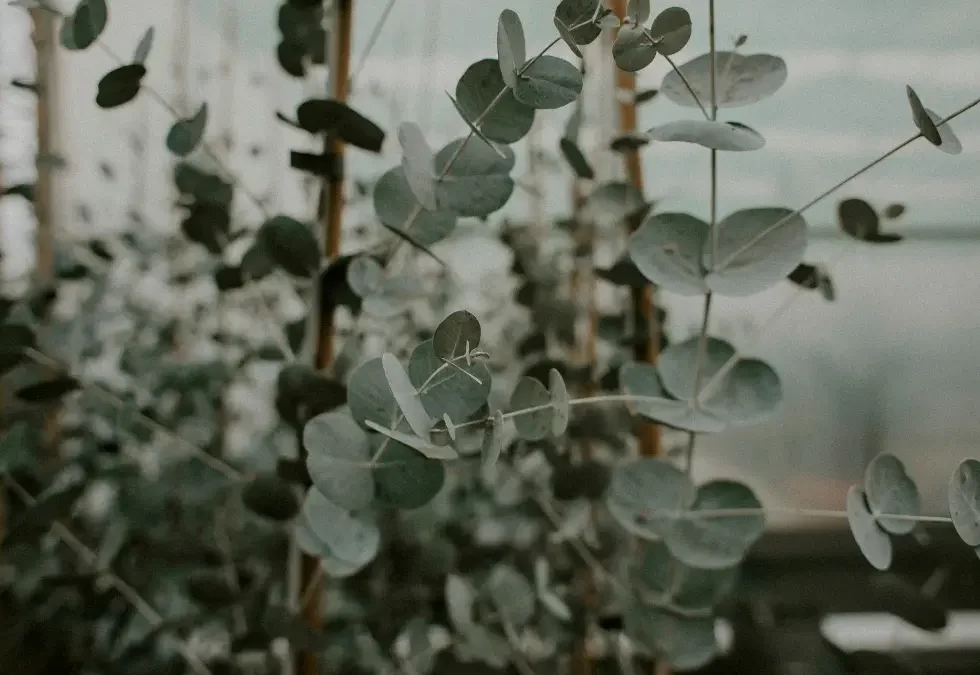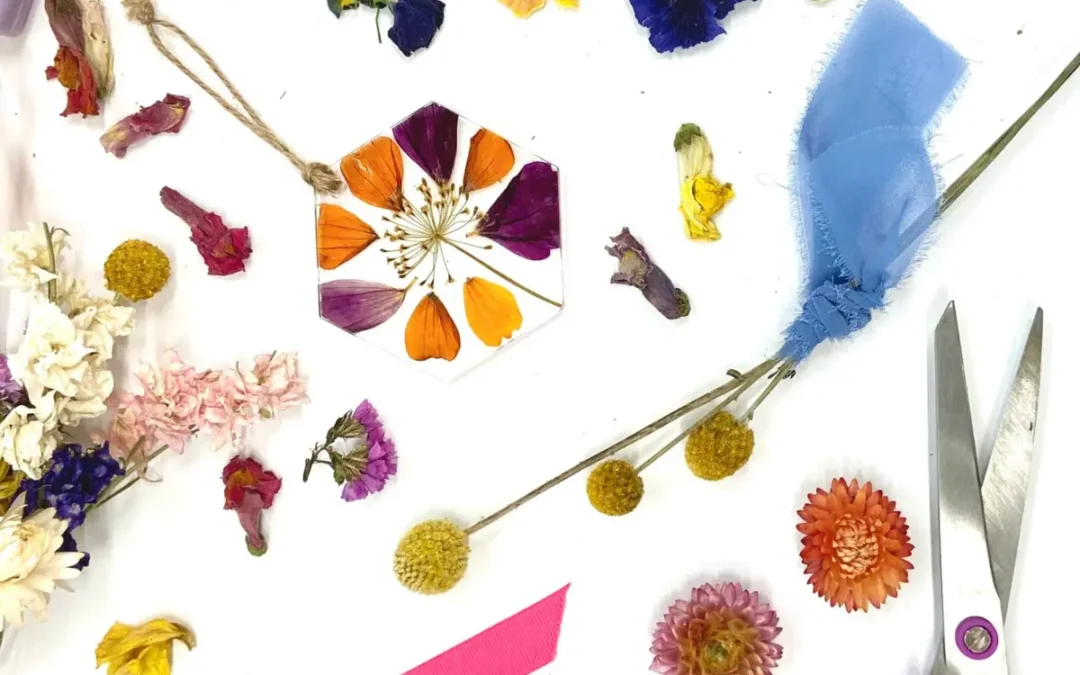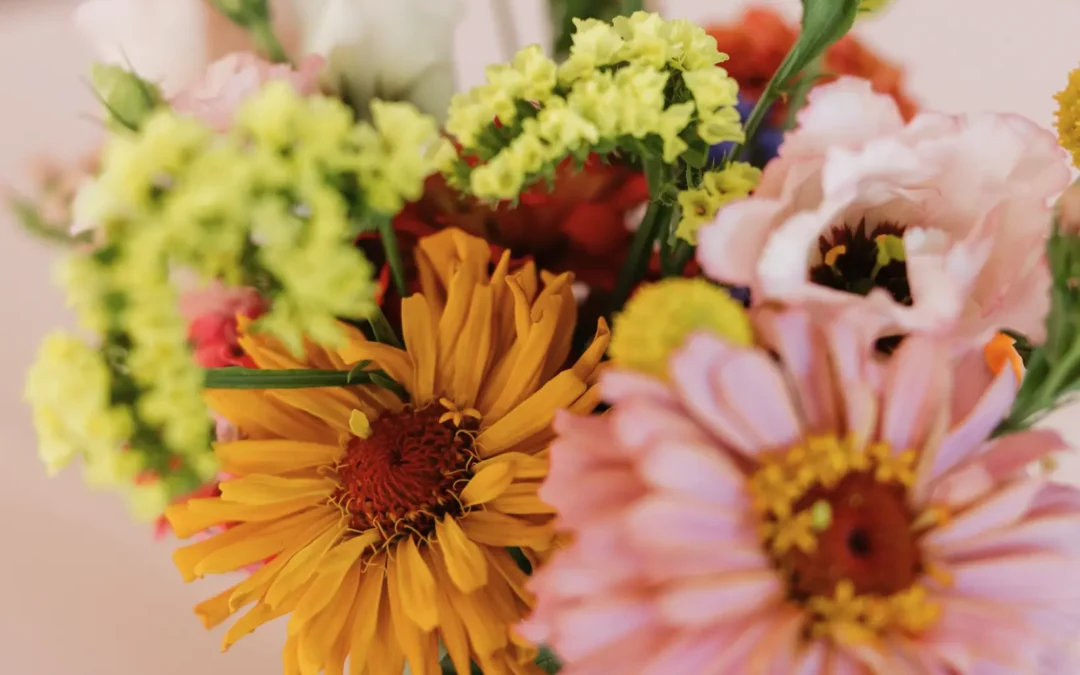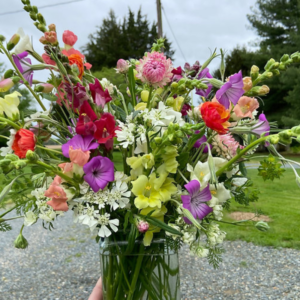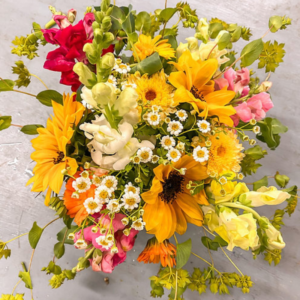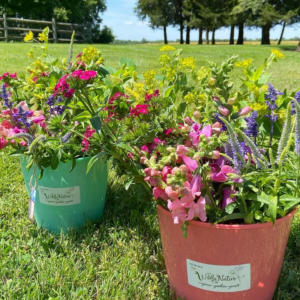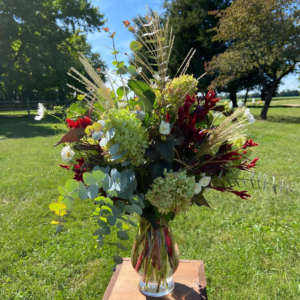
Understanding Summer Garden Stress
Summer brings a unique set of challenges to your garden: scorching temperatures, intense sunlight, inconsistent rainfall, and unexpected storms. These extremes can leave your flowers wilted, soil dried out, and plants stressed. But understanding the “why” behind the summer struggle is key to helping your garden flourish.
Smart Summer Watering Tips
Watering might seem straightforward, but in the summer heat, it becomes an art. The golden rule? Water early in the morning so plants can absorb moisture before the sun gets intense. Aim for deep, infrequent watering rather than daily sprinkles—this encourages strong root systems. Pair your watering with a layer of mulch to lock in moisture, regulate soil temperature, and block out water-stealing weeds. Just be cautious—some plants, like bearded iris and peonies, don’t like mulch covering their crowns.
Planting with Purpose
Not all plants thrive in full sun. If your garden is showing signs of stress, take stock of plant placement. Some flowers—like zinnias, cosmos, sunflowers, and celosia—embrace the heat and even seem to thrive in it. Others, such as sweet peas and ranunculus, prefer cooler conditions and partial shade. Using taller plants to provide shade or installing shade cloth can protect sensitive flowers from sunburn and help maintain overall garden health.
Feed Your Flowers—But Don’t Overdo It
Summer is peak growing time, and your flowers need energy to keep up. Use natural fertilizers like liquid seaweed or compost tea every few weeks for a gentle nutrient boost. But be careful—over-fertilizing can result in lots of leafy growth and fewer blooms. Stick to nourishing your soil gradually and consistently to maintain balance.
Pests: Small but Mighty
Hot weather is prime time for pests. Aphids, spider mites, cucumber beetles, and Japanese beetles can wreak havoc if left unchecked. Regular garden walks allow you to spot problems early—think of it as peaceful and proactive. Natural solutions like neem oil, insecticidal soap (applied at dusk), and introducing beneficial insects like ladybugs and lacewings can help control infestations without harming pollinators.
And while butterflies are beautiful, don’t forget they start as hungry caterpillars that may feast on your plants. Know your priorities—plant accordingly.
Airflow is Everything
Humidity and moisture create a breeding ground for mildew and rot. One of the best ways to prevent fungal issues is spacing your plants well to promote airflow. If you’re using hoop houses or greenhouses, overhead fans can dramatically reduce heat and keep air circulating—just make sure the airflow is vertical and consistent.
Real-Life Florist Fixes for Summer Success
Here are a few game-changers we swear by:
- Shade cloth over Lisianthus beds = bloom city
- Overhead fans in hoop houses = major airflow win
- Reusing spent bouquets as compost tea = sustainable flower power
- Daily observation = early stress detection (and the best excuse for a morning garden stroll)
Remember, Summer Gardening Isn’t About Perfection
It’s about connection—tuning into your plants, experimenting, and adjusting as you go. With a little planning and some thoughtful tending, your garden can thrive all season long, no matter how high the temps climb.
If you loved these summer gardening tips, snap a photo of your blooms and tag us @WildlyNativeFlowerFarm. And don’t forget to check out our free online resources for building your own cutting garden or flower farm.
Until next time—stay cool, stay blooming, and keep those flowers thriving!

